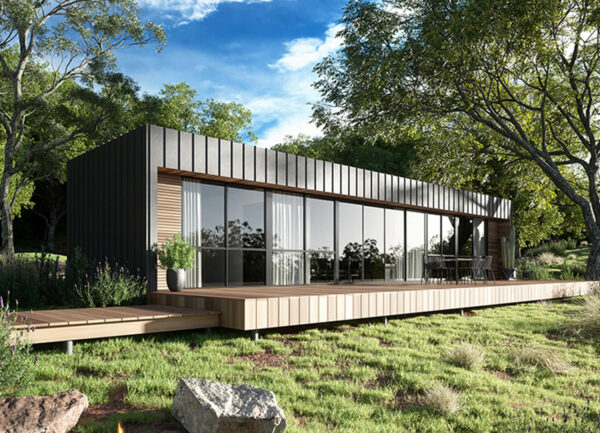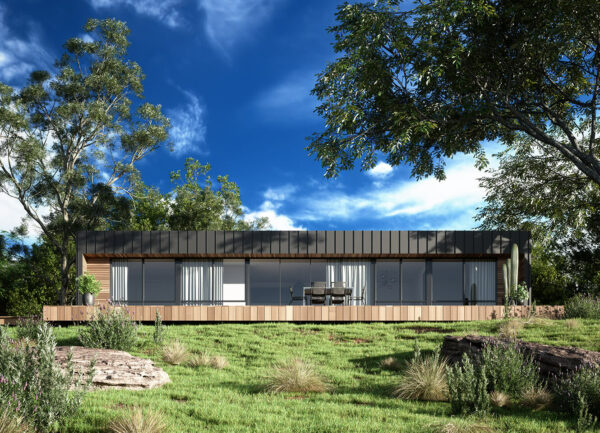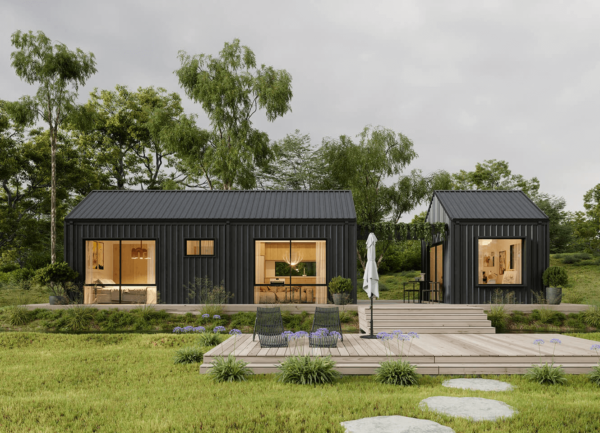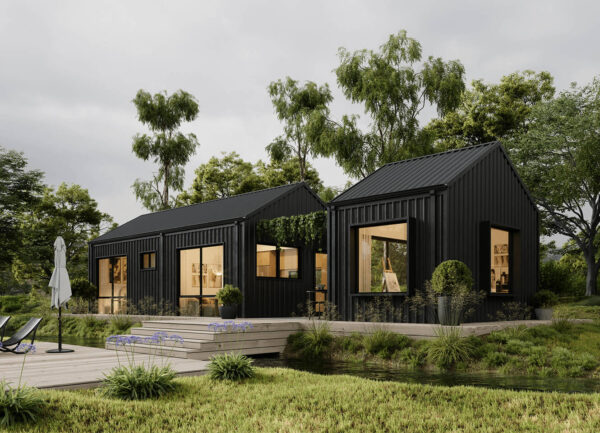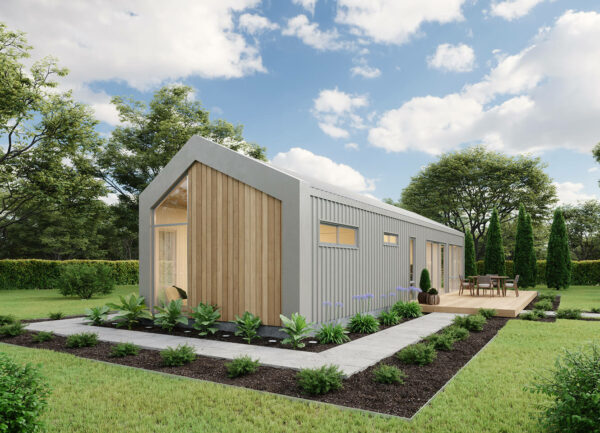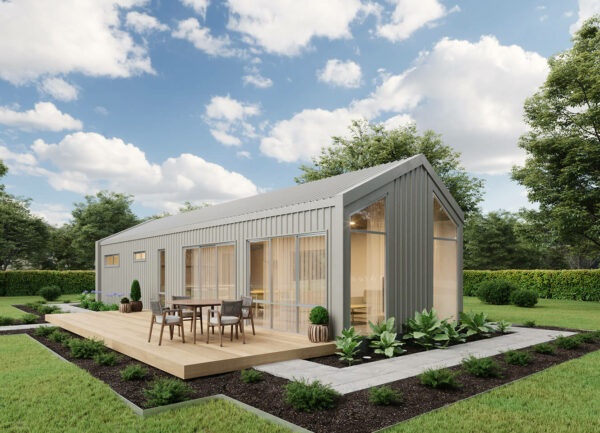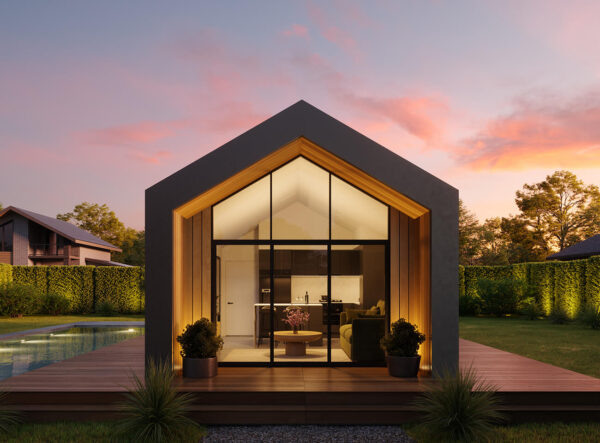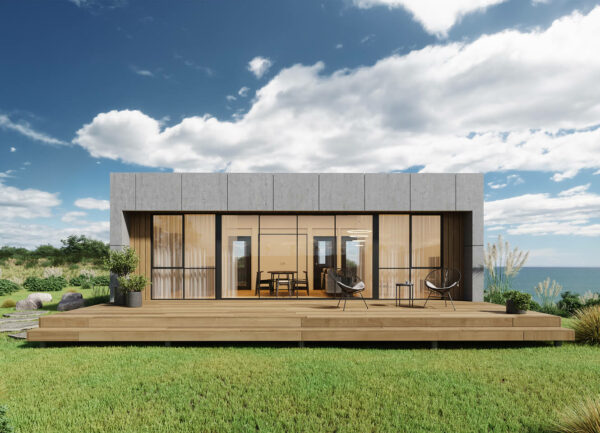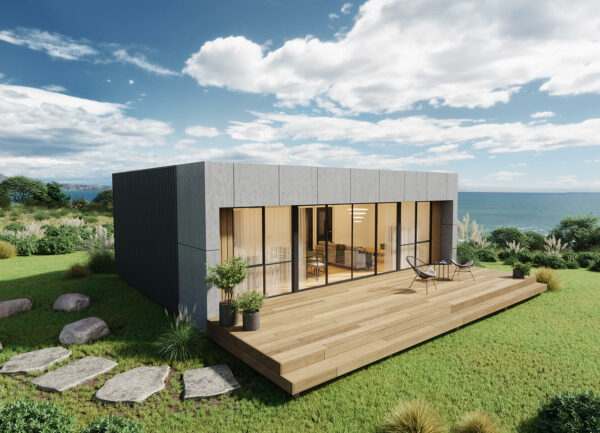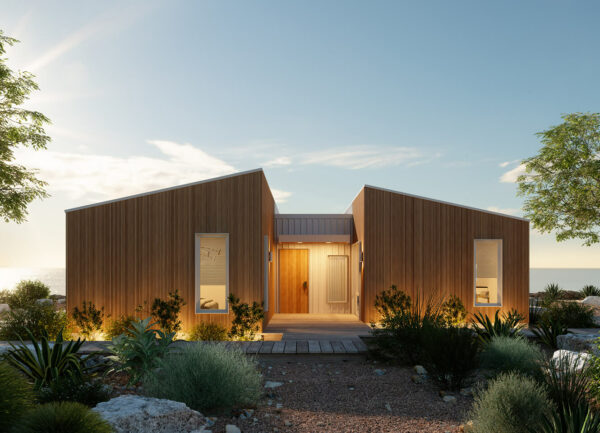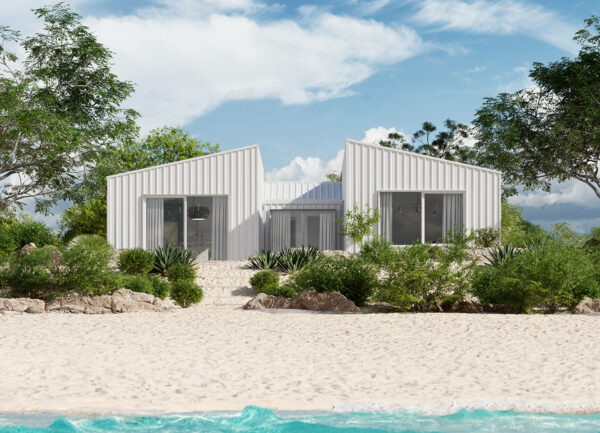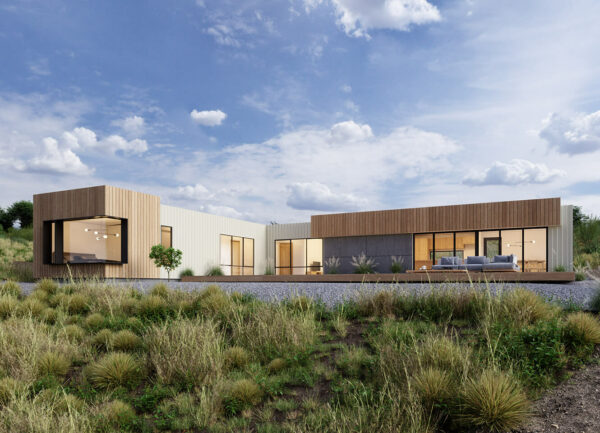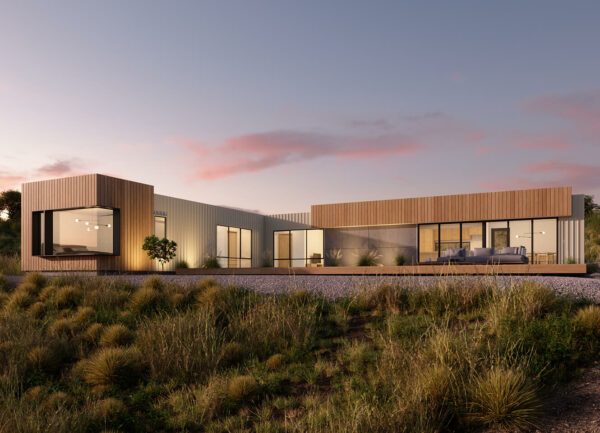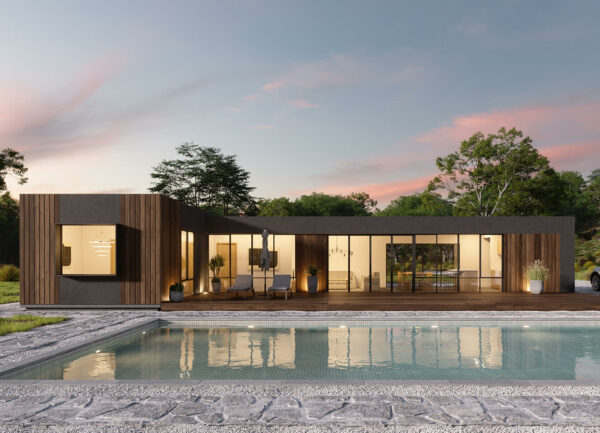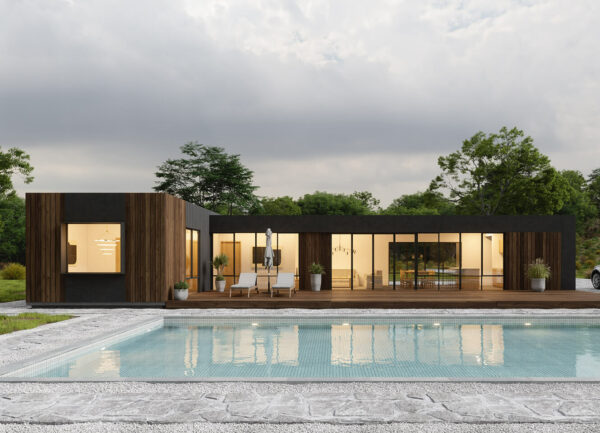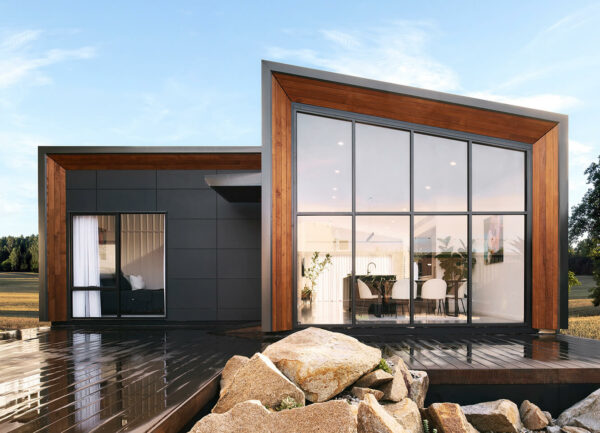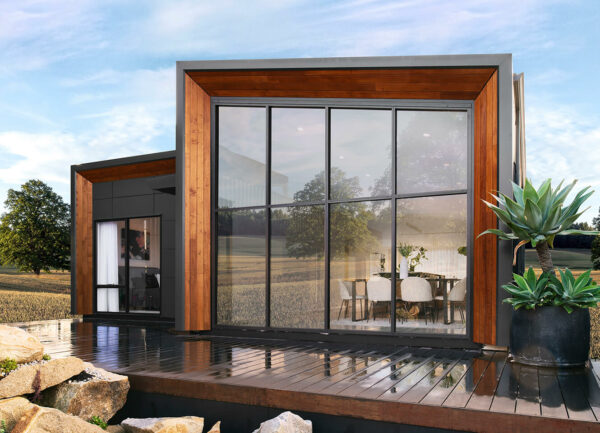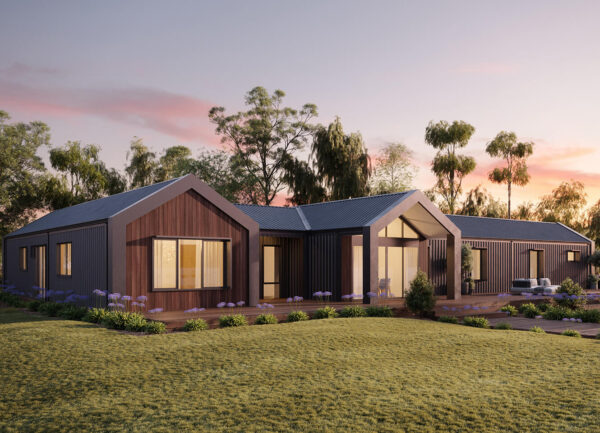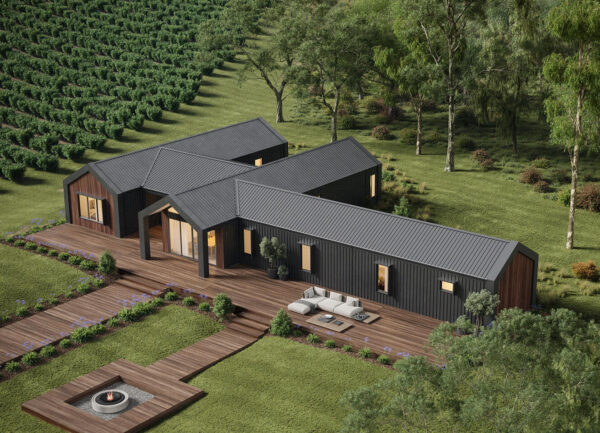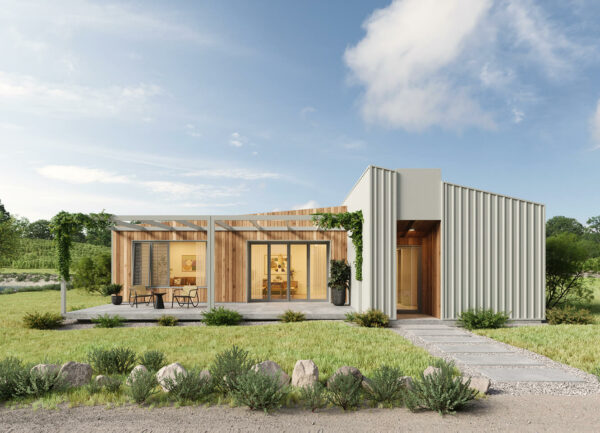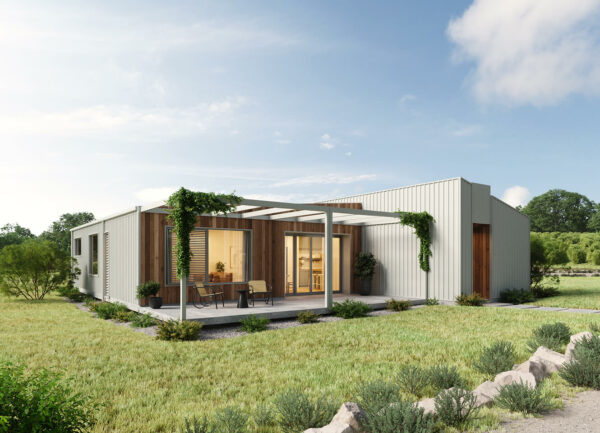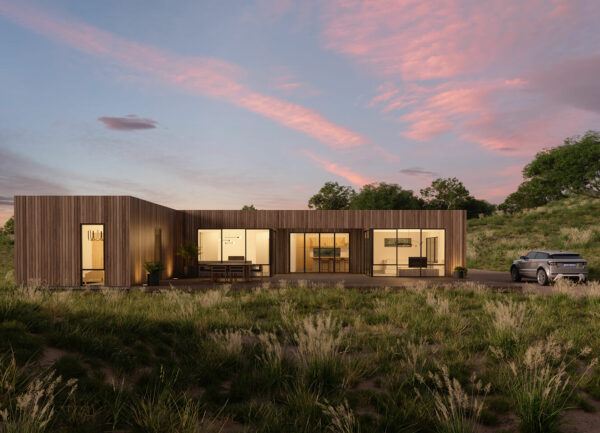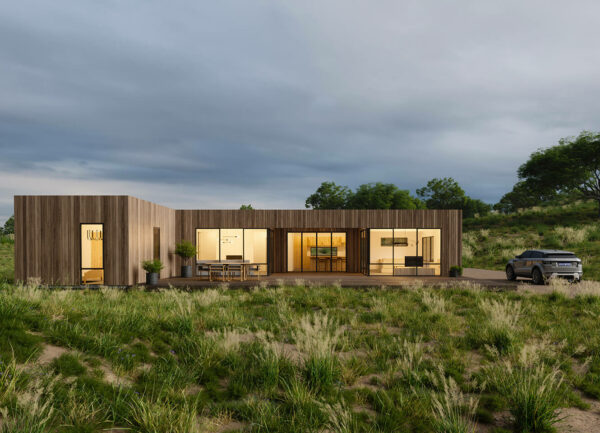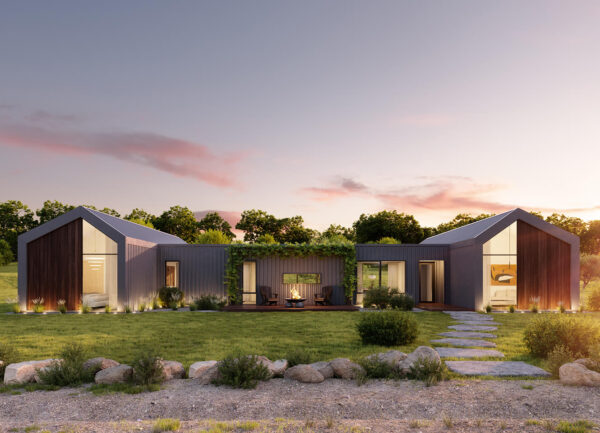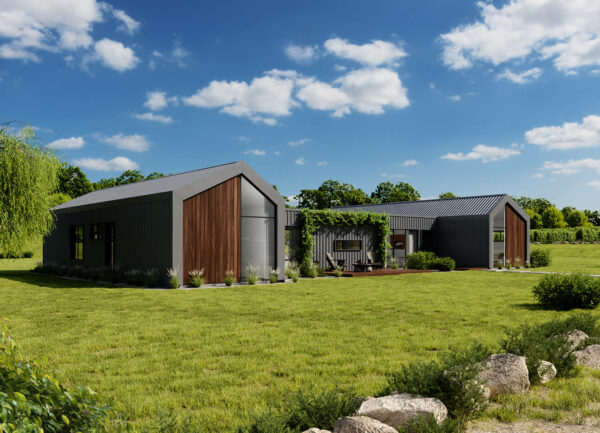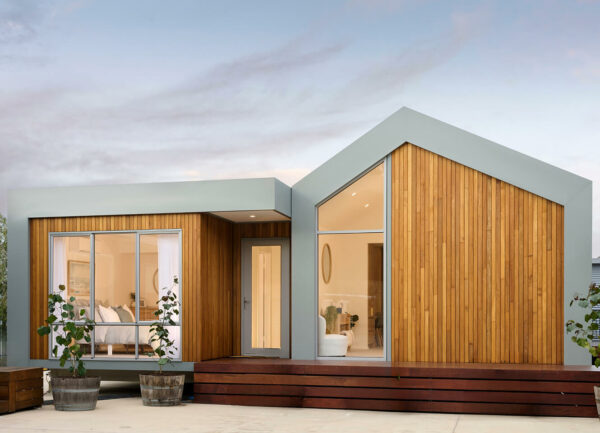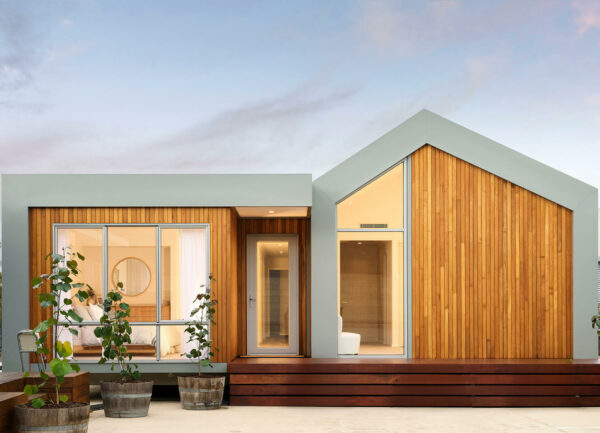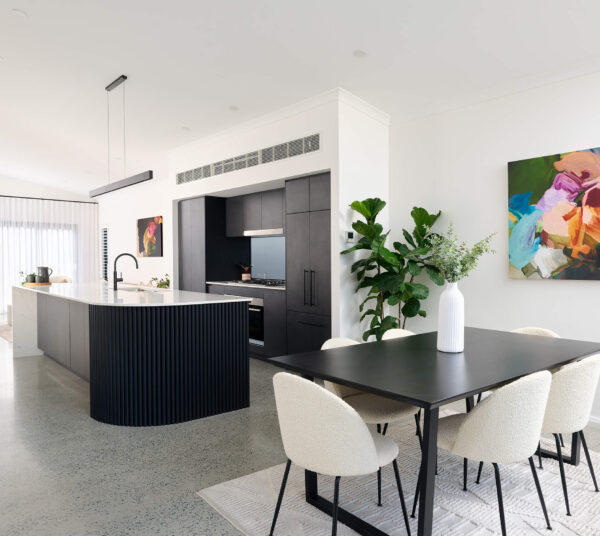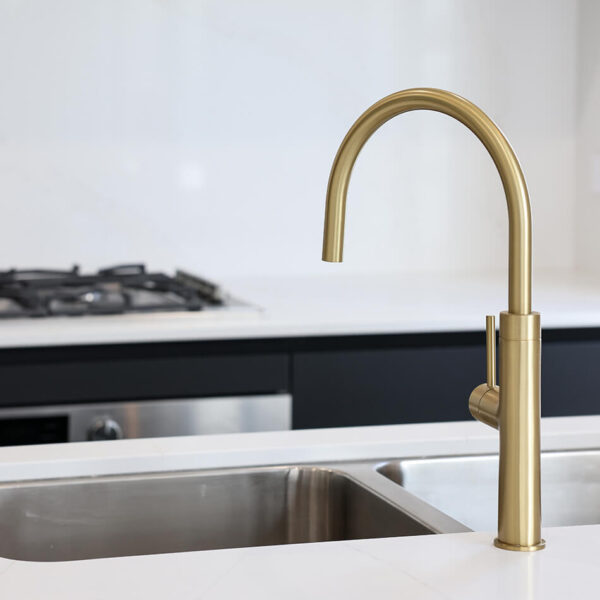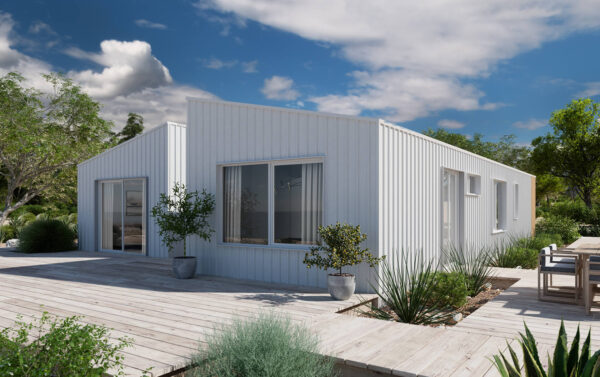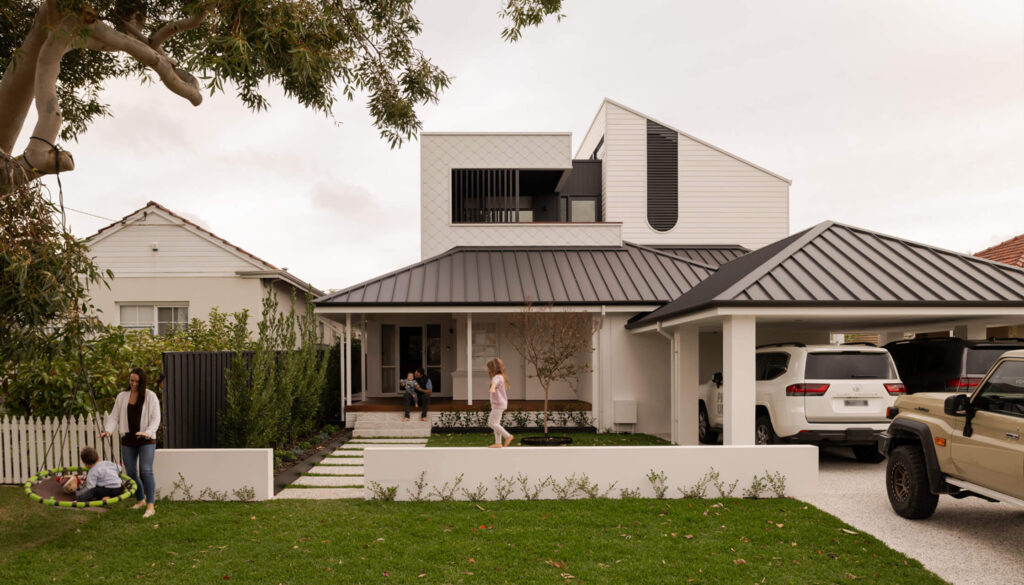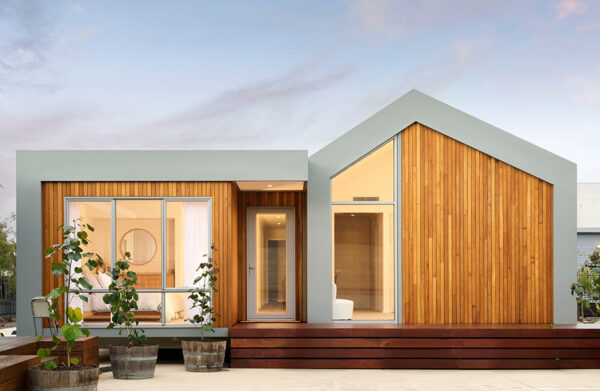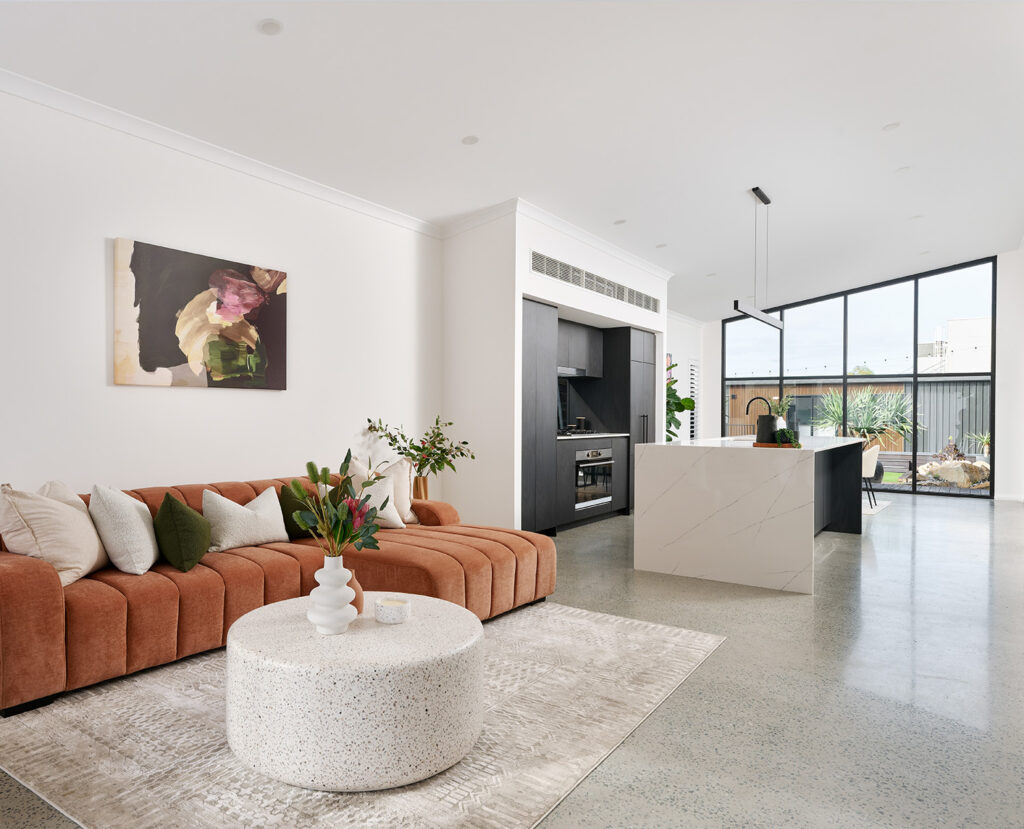They say that a house is one of the biggest investments you will ever make in your life. It is a thrilling experience to start shopping around while you look for the right home to live in. While buying a pre-existing house can often be stressful, it is not as overwhelming as building it.
When it comes to modular homes, construction can seem more difficult. After all, we are not talking about traditional homes built on the property. The process is different and there are a few rules to know about, particularly in Australia. It is not the same as buying land and start building a house from scratch.
Because of the difference, many people make certain mistakes in building a modular home. You can avoid these mistakes by knowing what they are and addressing them the right way.
Here are the top modular home building mistakes that several people commit and what you can do about them:
Mistake #1: Not Knowing More About Modular Homes
One of the biggest mistakes of potential homeowners is not doing enough research. It applies to both modular and traditional homes. They believe that their current knowledge is sufficient, which is why they do not bother reading or talking to professionals.
A modular home is significantly different from a conventional home in many ways. It is a type of prefabricated (prefab) house and is often known as a factory-built home. However, it does not mean that you cannot build it on your own.
The name comes from the fact that modular homes, as you can imagine, are made from individual modules. These modules are constructed in a factory that meets the local and state building codes. Once the modules are finished, they will be transported to the location of the property, often separately.
The modules may arrive at the building site fully outfitted. It means they already have interior fittings, such as electrical and plumbing. Depending on the module, it may have doors, stairs, or closets. Therefore, it is easy to finish the entire house once it is assembled.
When compared to other types of prefab constructions, modular homes are the most complete. All the modules are created in a factory and a flatbed truck would often send these boxes to the construction site. The house can be ordered empty, which means you will have to complete it after the boxes are arranged. The other option includes flooring, appliances, and other components.
Modular homes can be built in a variety of ways, which is why they are becoming more and more popular these days. They were first introduced near the end of World War II. Today, these constructions have come a long way. Modular homes are no longer built from the same template they have a range of customisation options to make each one, unique.
One thing that should not be confused is that a modular home is not the same as mobile or manufactured houses. When a house is manufactured, it is also built in a factory. After completing, it will be transported to the buyer in one piece.
It sounds the same, but the difference is that modular homes are placed on a permanent foundation. You can move a manufactured home at a later time or whenever you wish. However, if you have a modular house, you should know that it is not intended for moving around.
Mistake #2: Thinking You Have Limited Design Options
Modular homes are sleek and modern despite their somewhat boxy appearance. The modules are constructed in two forms, squares or rectangles. Then, they are stacked together based on a predetermined building plan. Although boxy, they now look like standard homes since they have flexible styles.
Buying a modular build means that you can expect to receive the following:
- Structural engineering, which guarantees the structural integrity of the house
- Architectural components with the blueprints, plans, and design of the building
- Building permit
- Roofing and floor structure
- Lighting and plumbing fixtures
- Siding
- Windows
- Countertops and cabinets
The package would also include the installation of the house on a prepared foundation. Upgrades are available, as well as options for personalisation. Of course, the selections are not the same as with traditional homes, which are virtually limitless. However, it does not mean you cannot pick the style of the home you want.
It is now easy to achieve the aesthetics that you wish for on both interior and exterior. In Australia and around the world, there are numerous designs that you can see. The most popular ones are described as:
- Green Homes: The houses are configured in such a way that they would utilise solar systems to lower electric bills. The appliances also consume less energy, and most of the materials come from sources that do not generate as much pollution and waste.
- Made To Order: Modular designers can offer you a more standard experience that will only require touches of customisation. You can expect to have the house in just a few days to a couple of weeks.
- Beach Shack: An unassuming boxed beach home can have a contemporary look using sliding doors to welcome ventilation throughout the living areas. Since modular homes are not as vast as traditional homes, space limitations can be a problem.
However, these popular designs can have a standalone module for kitchen, storage, or the bathroom. At the same time, it can simply use a divider for sleeping and living.
Many of the designs are focused on both sustainability and durability. The bottom line is that you’ll see they have a variety of styles to make each one unique. You can have it built with conventional framing, but you can also use a metal frame. Some can even be constructed using structural insulated panels or SIPs.
If you have a plan in mind, you can work with your designer to come up with a plan that will meet your preferences. This way, you will not only be comfortable in the place you live in but also be happy with it.
Mistake #3: Not Knowing About The Pros, As Well As The Cons Of Building A Modular Home
Modular homes come with many advantages. However, most people decide to build a modular home because of the speed of construction. Although the timeframe may be different depending on the size, location, and other complexities, a modular house can be built and finished quicker than any site-built home.
Modular construction is preferred nowadays because it allows simultaneous work for the site and building. The overall completion schedule can be effectively reduced by as much as 50%. Think about all the time you can save. Plus, you can move in quicker, which makes the whole process more exciting.
With more traditional constructions, delays can occur due to weather conditions. Modular homes are created inside a factory, meaning weather and other elements are controlled, which increases efficiency. The building materials are also well-protected, along with the modules. Everything is sheltered, which also helps avoid pilferage on the property site.
Other benefits of going for modular homes include:
- Environmentally-friendly: Modular homes are better for the environment than site-built homes in many ways. There is less waste compared to homes built onsite. In a prefab factory, wood cut-offs are often recycled, so they can be used for drywall and other houses.
- Better materials: Modular homes have better materials because they are kept in a controlled area. There is a much lower risk of developing mildew and mould compared with the materials used for building homes that are exposed to sunlight and other elements. Sun damage and rust are things that you will never have to worry about with modular home construction.
- Warranty: Most site-built houses do not have warranties while others provide about a year of warranty. Modular houses, on the other hand, have at least two years warranty.
- Safety: Prefab houses offer protection to future inhabitants. As mentioned, the materials are housed in a secure place, which protects the residents from allergies and respiratory problems.
- Quality: Superior quality is the primary reason why people turn to modular homes these days. The builder you choose has the experience needed to keep a trained and supervised workforce. The pieces of equipment used are much larger and more powerful, which means you can truly count on the quality of the results.
- Efficient: Organising the entire process comes with inventory controls. Even the use of power tools and equipment will be monitored. Because the system’s quality is regulated, the factory workers can easily produce home more efficiently than construction workers in the field.
- Less waste: Because the materials are properly stored in the correct conditions, inclement weather will not damage them. There is no reason to throw them away and buy new ones. Vandalism and theft will also be prevented because the factories are more secure, especially compared with building sites. There is less waste as well since there are standardised dimensions to work on. Modular manufacturers know how to make the most out of the materials to avoid throwing them away.
Planning discipline is a huge advantage, too. The building process compels both the manufacturer and the customer to complete all the appropriate steps before construction. The manufacturer cannot start the process without knowing what to build and how much to charge. Therefore, it allows parties to make the final decisions regarding the design of the house and its specifications.
A modular home is not a perfect solution, as good as it sounds there are certain disadvantages that you have to know about. For one, some manufacturers may claim that they have an all-inclusive construction, which is a misleading term. However, most of the base pricing of the prefab house does not include the other expenses in building it.
In this case, you should be prepared to pay for additional expenses, including site surveys, the land where the house will be built, testing the soil, utility hook-ups, landscaping, driveways and walkways, garage, and a few more. The good news is that these modular homes are usually still more affordable compared to traditional homes that also require the mentioned expenses.
Before you commit to a manufacturer or a certain modular home, make sure that you have spoken extensively to the company. This way, you will know what you are expected to manage on your own, including the expenses listed above.
Mistake #4: Not Understanding How Long (Or Short) It Takes To Build The Home
The timeframe and other schedules will depend on the builder you are working with. However, it usually involves the following processes:
It starts with the pre-contract phase where there will numerous inspections and approvals to complete. During this stage, you should stay in the loop so you are aware of the situation. It can take at least two months to finish this phase, although it can be shorter or longer, considering the land surveys, reports for soil and energy rating, and others.
The next step is to prepare the land. Once you have purchased the land, the early phases of construction will take place. Preparing the land and facility can occur simultaneously, which shaves off the wait time. This way, you can have your home ready in a few more weeks.
Construction will then take place where the walls, insulation, subflooring, and electrical wiring among other elements will be prepared. This stage will vary in length depending on how big the house will be. If your plans deviate from normal specifications, it will surely take longer.
Building your home is the next stage once the construction is finished. Everything will be delivered to the property site. The modular floors will be connected. If there are cracks or other problems due to transportation, they will be solved in this stage. The builders will also make sure the home is watertight and ready for occupancy.
The time needed to build a modular home varies depending on many factors. However, it is possible to have everything ready within two weeks or so. You should know about the specific timeframe, so you are prepared to perform your duties as a new homeowner. Clear your schedule to oversee the arrangement of the house. If it is not possible, make sure there is someone you trust to supervise whatever is happening.
Mistake #5: Not Preparing A Budget
You may have heard about modular homes being affordable. This doesn’t mean that you should not have a comprehensive financial plan for the construction. The price of the modular home will depend on the house plan, as well as other factors, such as the location and type of home.
It always helps to get a quote first where you will be provided with an estimate of the house you intend to build. You may also compute it on your own, making sure that you include the following:
- Freight
- Foundation
- Installation
- Land preparation
- Taxes
- Fees and permits
- Utility construction
If you plan to have garages, decks, and other additions, include them in your calculation as well.
Mistake #6: Building A Home With Incorrect Sizing
Many builders may suggest that you restrict the size of your modular home. This is why some homeowners end up with cramped spaces instead of living comfortably.
On the other hand, some may be tempted by the look of another design rather than the overall liveability of it for their lifestyle. They end up combining at least two styles. Unfortunately, it can lead to the wrong sizing of the house, not to mention going over the budget.
You should find the balance between having a plan that works for you and ensuring that you stick to the budget. You do not want to cut corners now as you can easily end up with a small house that you may not even wish to live in.
Consider your lifestyle, as well as the individuals who will live with you. The home should be comfortable for everyone, especially if it will be a family house. You do not have to restrict the possessions that you should have in the house. However, it is also not right to go overboard. Again, balance is key.
Mistake #7: Going For A Builder That You Do Not Trust Just To Save On The Costs
Modular manufacturers are not created equal. You can find ones that focus on specific designs, while others may be willing to work with you on almost anything you prefer. You can consider your specific budget range, but you should also decide on other factors, including the exact type of home you want.
Modular homes can be a two-story, colonial, or even a mansion. It can also be a simple ranch-type or a charming chalet. The important thing to consider is that you are at ease with the modular builder or manufacturer. Some of the qualities to look for are attention to detail and the willingness to communicate with the customer.
Once your modular home is ready, the keys will be handed to you. You can then move in and enjoy your new home.
